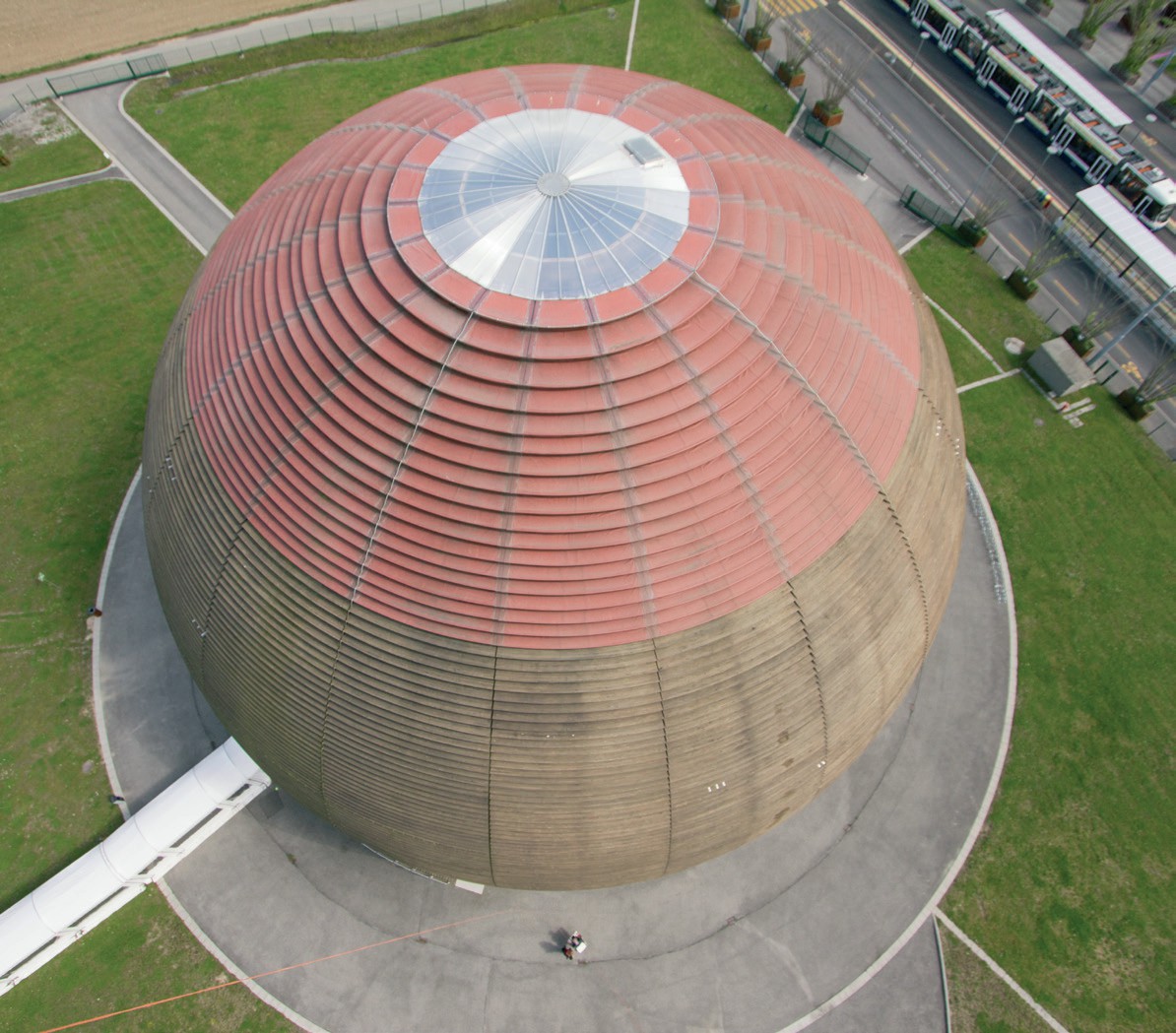
In April 2015 the Large Hadron Collider at CERN, Geneva, started operation once again after a 2-year upgrade. The collider is now able to accelerate particles up to energies of 7 TeV (7 × 1012eV). This means that streams of particles travelling in opposite directions collide with energies up to 14 TeV. These collisions can produce streams of short-lived particles that help physicists understand the nature of matter at the smallest scales.
The collision experiments at CERN and other laboratories are extremely sophisticated and energetic developments of a technique first used in 1909 by a team led by the New Zealand physicist, Ernest Rutherford. This question focuses on the results of this original scattering experiment originally published in 1913. In this experiment, alpha particles from a radium source were directed at a thin gold foil. Careful analysis of the manner in which the alpha particles were scattered from the foil helped develop a new, nuclear model of the atom.
Your organisation does not have access to this article.
Sign up today to give your students the edge they need to achieve their best grades with subject expertise
Subscribe




